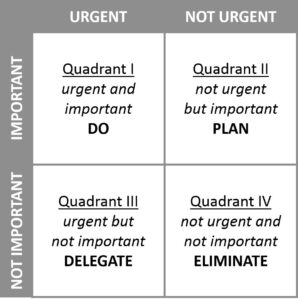Many years ago, when I was being trained for counseling there was an impetus to spend the first few sessions to understand where a client was coming from to establish a baseline, then came along Stephen Covey with his 5th Habit: Seek First to Understand, and this concept of understanding has evolved in my practice as I have as well.
Initially, “understanding” was basically an assessment tool, after which one would prepare a series of successive programs to guide a client from where they were at the initial consultation to where one’s training had determined was the proper destination for the client.
Only after years of practice did I begin to see that no manner of training was suitable for guiding each client to his or her highest and best. This could only be determined by challenging the client to reach deep inside and discover his or her own path and destination. In doing so, it became clear that there was no one size fits all solution, and every client was different. After a time, this increasingly made more sense to me.
If you are in the counseling or “help” business in any manner, shape, or form, it is easy to have preconceived ideas about what is generally, if not specifically, the best path that anyone should follow. Your drive might be to “fix” someone. That is to assert your perspective over that of the person you are trying to help. Instead, consider a deeper level of empathetic understanding.
Time and experience have humbled me and taught me that my opinions may not be the best for an individual, for if any given person is truly individual then the path they travel will be just as unique and individual as he or she is.
This really changes the emphasis on understanding and takes it to a new, empathetically deeper level, because now you have to take an entire life into consideration, and while your training may have equipped you to look for clues and probable suggestions for solutions, you should be ready for anything.
One thing that has helped me in this structural reframe is to allow the client to be right in all things and allow them to adjust their sense of rightness as we progress in a supportive coaching arrangement. I really try to get a sense of what it is like to walk in their shoes as they live through their life.
In retrospect, I am somewhat ashamed of the sense of superiority that I exercised with clients in the past, when I approached my work with clients as more structured and rigid. I have a much higher success rate based on the increased connection due to this increased understanding of a client.
Honoring where they are at any given moment, without judgment, standard recommendations, or preconceived outcomes.
My motivation is highly love-inspired because that is who I am. I sincerely and lovingly regard my clients and support them through whatever their process may be. To encourage and walk alongside the clients to discover where this journey leads.
I am not likely to tell a client what to do these days but am probably going to make many suggestions, giving them many options to choose for themselves what is the best door to open along the way.
This means allowing the individuals to be comfortable in their world whatever it might look like and work from there.
This has allowed me to have the most entertaining and expansive experiences and has enabled me to have access to their innermost thoughts and data provided by the people that I work with that I would never have had access to otherwise.
All from truly seeking to first understand, allowing them to be or believe anything they want, and genuinely accepting and loving them through their process, supporting them as they find their way to new levels of personal and spiritual growth.
In the end, the client is blessed. Still, I feel that I am even more blessed because I was able to be there in those most precious of moments when perceptions shifted, epiphanies were experienced, and a new life metamorphosis happened before my very eyes.




